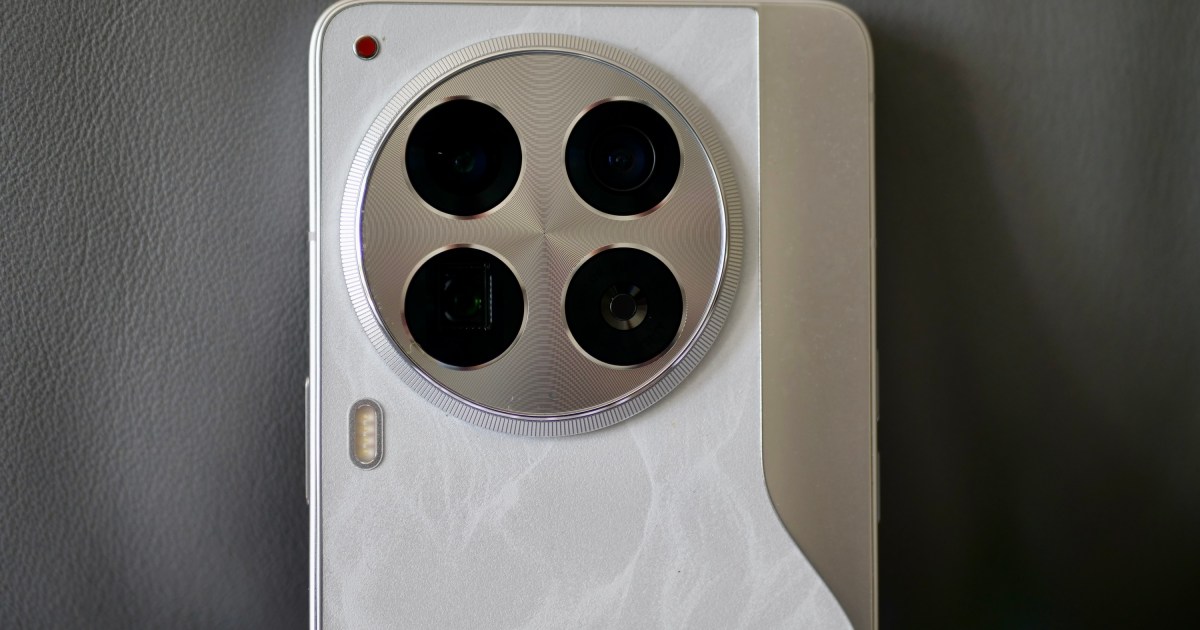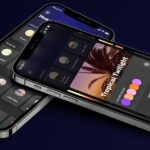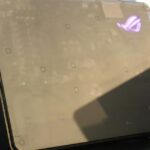It’s been a decade since I got my first smartphone. One element that has always stood out for me was the rapid progress in smartphone imaging. From the days of slow shutters and motion blurring to exposing elements that are even invisible to the naked eye and capturing film-ready LOG footage, smartphone cameras have come a long way.
What hasn’t changed is the “synthetification” of faces. As small format sensors developed alongside the processing pipelines, photos started looking more and more computationally processed. Look no further than a non-processed camera frame to sense the trend.
That undesirable yet inevitable processing is evident, especially in the case of faces and skin tones, which often gain an unrealistic character after all the color correction and algorithmic processing is done.
Tecno has taken up the challenge of solving that “color bias” in images taken by smartphone cameras with its Universal Tone tech. The skin tone imaging technology has been developed after learning from skin tone spectral databases and insights from experts to reproduce skin color in all its original glory.
Tecno’s solution to the skin tone conundrum
The primary goal of this AI-driven technology is skin color restoration and adjusting the calibration in tandem with the camera sensor on a smartphone. While primarily a software algorithm, Tecno says the whole stack is tailored to unique camera hardware to get the best results.
That means Tecno’s system can adapt to what the camera hardware is inherently capable of instead of limiting the benefits to a small bunch of devices, which would otherwise make it inaccessible to the masses.
“The technology can adjust and tailor the skin color calibration enhancement algorithm to the sensor characteristics of the hardware equipped on the smartphone,” Fanyi Zhou, Director of the Image Quality Testing & Assessment Department at Tecno’s Image Quality Testing lab, told Digital Trends in an interview.
“We aspire to develop the most inclusive imaging technology.”
Universal Tone might sound like a familiar promise, and especially close to the Real Tone tech marketed by Google for its Pixel smartphones. Two years ago, Google released a new set of Real Tone filters based on the Monk Skin Tone (MST) scale to work with diverse skin tones without suppressing their natural character.
In Tecno’s case, the company did not rely on an existing set of parameters for identifying and representing skin tones. Instead, it collected its own database specifically curated for color card-based customization targeted at mobile photo capture.
In a nutshell, Universal Tone is a skin color categorization method that is unique to Tecno’s hardware. “Tecno’s multi-skin-tone color card is based on the true collection of human skin tones,” explains Dr. Kaida Xiao, associate professor in Colour and Imaging Science in the School of Design at the University of Leeds.
“Unlike the 10-level Monk scale, Tecno’s multi-skin-tone color card includes over 200 skin tone patches, offering the most extensive and comprehensive coverage of skin tones across diverse ethnicities,” he adds.
The whole system is the fruit of collaboration with skin color science experts and academia members across Asia and Europe. The pipeline was built atop real skin color spectral data that was painstakingly collected using advanced tools to ensure that there was no bias or deviation from the origin point.
Why I’m excited about Universal Tone

Hailing from a country where the skin tone varies between dark brown to yellowish-gold on the Fitzpatrick scale — and where the undertones and pigmentation intensity change dramatically based on the geography — I have always had a hard time with true-to-life skin color output in pictures.
On top of it, there are beautification algorithms that tend to whitewash skin tone. Yes, there is a preference for lighter skin tones in Asian countries, but I’d much rather have the real skin tone as the initial output and add my own set of beautification edits than have an algorithmic mess to begin with.
“Tecno’s multi-skin-tone color card is designed based on skin color measurement data of real skin tones under standard light sources, which is truly derived from real skin tones’s diversity of the whole humanity worldwide,” Zhou tells Digital Trends.
Tecno’s Universal Tone tech stack also addresses this aspect. In addition to focusing on true-to-life representation of skin tone and celebrating diversity, the company wants to address “subjective aesthetic preference” and local sensitivities to what is considered appealing rather than simply applying a universal rule.

Tecno’s Universal Tone tech builds on a Local Tuning Engine that assesses the surroundings, lighting levels, and color temperature to generate shots that stay true to the regional skin aesthetics regarding tonality, texture, and general beauty attributes.
Research by skincare giant L’Oreal, based on data collected using the Chromasphere colorimetric tool on Indian tones, also highlighted the broad spectrum of skin tones. This is just one country we’re talking about.
Universal Tone adapts to the hardware.
Now, imagine seven continents with their diversity of skin tones and how algorithmic processing keeps getting them wrong with a one-size-fits-all approach. In its current iteration, Universal Tone applies learnings from 268 skin tone patches to accurately cover the color and texture unique to various skin types.
Tecno aims to tackle the challenge by creating a systematic multi-skin-tone imaging solution that works across three steps: detection, grading, and calibration. A crucial step is algorithmic frame adjustment, where the underlying tech performs face skin tone segmentation and exposure balance adjustment.
Notably, it works for all the faces with varying skin tones detected in a frame, so you won’t have to worry about accuracy in group pictures. The results of all the Universal Tone processing and correction are visible in real time in the viewfinder, and it takes less than a second to apply and present the final image after hitting the camera shutter.
Coming soon to Tecno phones in 2025

Smartphone users can witness the perks of Universal Tone come alive in the AI Cam or AI Portrait mode modes in the pre-installed Tecno camera app. The first devices to embrace this skin tone technology will be launched soon under the Camon 40 series.
Tecno aims to push the next-gen Universal Tone system as an integrated hardware-software solution in the near future. To that end, at MWC 2025 early next year, the company also plans to launch a custom sensor tailor-made for Universal Tone to deliver “precise skin tone calibration.”
Tecno’s approach is commendable, and I can’t wait to see the difference it spurs, especially as a person of color who often struggles with unrealistic output from smartphone cameras.
Read the full article here














